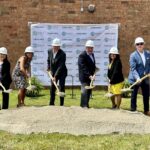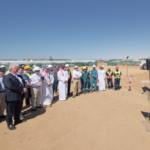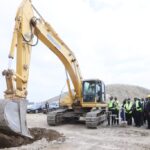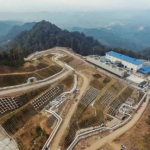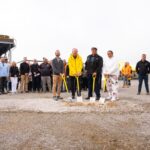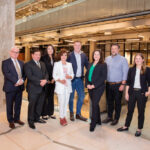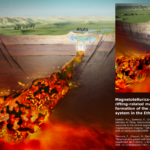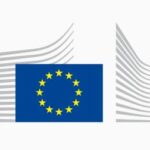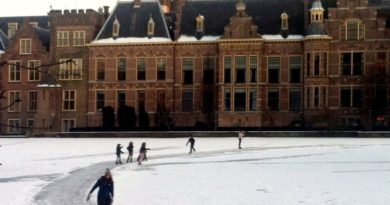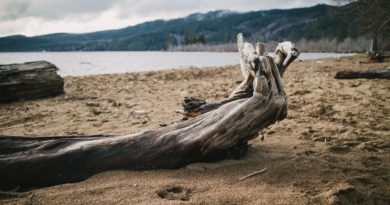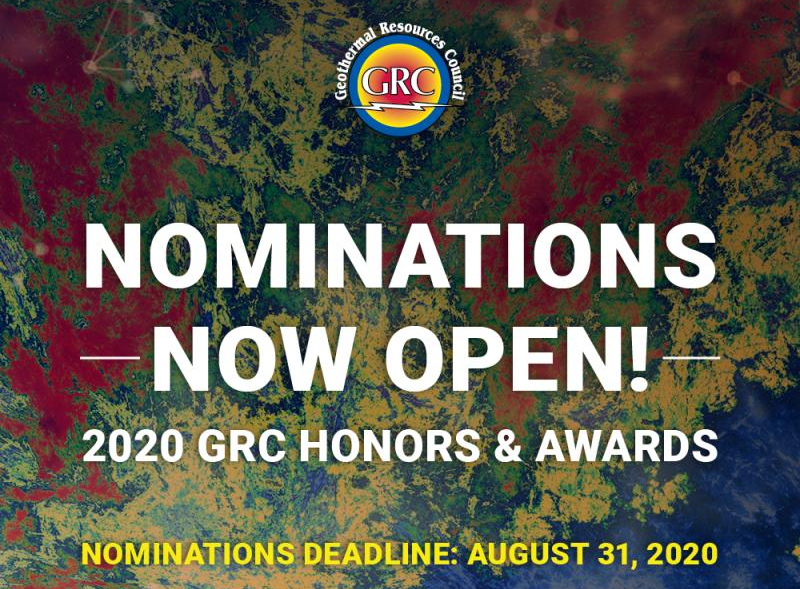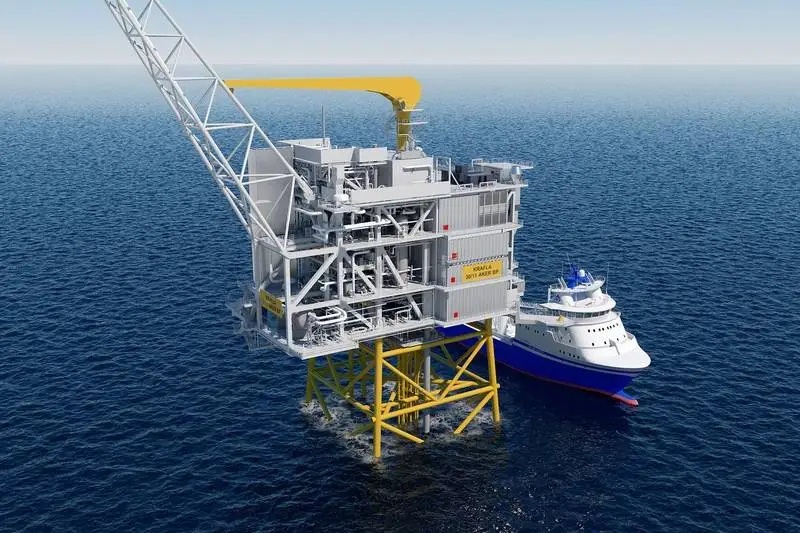Webinars: Above ground geothermal engineering; Understanding geothermal models
Energy Disrupter
Registration is currently open for webinars on Above ground geothermal engineering, and Understanding geothermal models. These are part of East Africa Geothermal Webinar Series 2.
Registration is now open for two webinars as part of the East Africa Geothermal Facility Webinar Series. This is a series of webinars organized by the New Zealand – Africa Geothermal Facility.
The webinars are generally 1.5 hours in length and include a pre-recorded video presentation, possibly with links to additional reading. Participants’ questions will be addressed in a later live Zoom Q&A session. The course presenters are internationally recognized experts in their field from New Zealand and they will be available during the live Q&A sessions.
Depending on interest and expertise, participants can choose which sessions to attend or attend the whole series. The list of webinars included in this series can be viewed in a previous post.
Title: Above ground geothermal engineering
Speaker: Associate Professor Sadiq Zarrouk
Q & A schedule: 24 May 2022, 10 AM East Africa Time
Registration link: Register here
Topics covered in this webinar include:
- Direct use of geothermal energy (greenhouses, space heating and industrial applications)
- The main components of geothermal power plants
- The different types of steam turbines
- The different types of geothermal steam condensers and cooling systems
- Binary power plants
- Steam field engineering, fluid harvesting and distribution system and the latest advancement in design
- Common engineering problems and their solutions
Title: Understanding Geothermal Models
Speaker: Dr John O’Sullivan
Q & A schedule: 26 May 2022, 10 AM East Africa Time
Registration link: Register here
Modelling plays an essential role in supporting all aspects of geothermal developments and it is important to understand uses and limitations of different types of models. In this webinar we. We will present a wide range of different types of models and modelling technology and explain how they are used. These will include geological and geophysical models, conceptual models, numerical reservoir models, statistical models, wellbore models, surface equipment models and more. As well as covering the appropriate use for each model, we will discuss the latest technologies and give examples of modelling supporting both long-term and short-term operational planning. We will also present common problems with models and the interpretation of their results.
Source: Geothermal Institute, The University of Auckland



